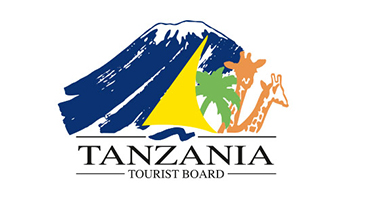the busiest time on the mountain. December through February is also popular for hikers, however there’s more chance of rain and snow. Clear skies are more likely from June to October, as the cloud cover burns off after the tree line. Because Kilimanjaro is such a large mountain, it has its own weather pattern – it often rains on Kilimanjaro when it is not raining elsewhere.
You should prepare for rain and have your rain gear with you at all times while on the mountain. The coldest temperature experienced at the summit is around -30C. The lower elevations can be quite hot, so pack for a wide range of temperatures.
Best climbing route
We recommend the Machame and Lemosho camping routes on the western side of the mountain. These camping routes are more scenic than the eastern routes and usually have better weather.
Preparing for your climb
Kilimanjaro is widely considered the easiest ‘high’ mountain to climb. However, the 5,895-meter (19,340 feet) altitude is still extremely high and proper preparation is essential. It is helpful to practice aerobic exercises several times a week for two months prior to the climb. Also, it is vital that you understand the causes and symptoms of altitude sickness before beginning the trek. Be sure to read the Altitude Sickness Information page before planning your trip.
Signs of altitude sickness
Almost everyone will experience some form of altitude sickness while hiking Kilimanjaro. Although the symptoms are easily treatable with rest and hydration, more serious symptoms can sometimes develop. Again, be sure to read the Altitude Sickness Information page before planning your trip to understand the symptoms, prevention and treatment of altitude sickness.
Bateleur safaris & Tours will always hike with senior guides/assistant guides, if someone is too sick to continue, they will descend with an assistant guide.
Luggage limits
Because of weight restrictions on porters’ bags, each climber’s gear bag must weigh no more than 15 kilograms (33 pounds).




